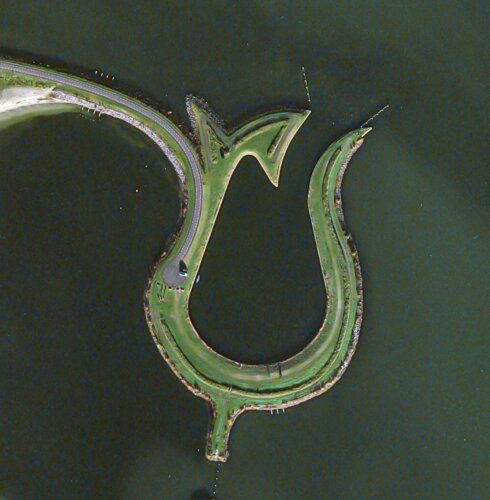The project, named LCP⁴ (Lucky Clover Project quadrupled), utilises state-of-the-art satellite technology combined with artificial intelligence, machine learning and quantum computing to create a new breakthrough algorithm able to detect four-leaf clovers from space.
The team has focused their attention on the island of Amadan, pictured here in the Atlantic Ocean, which hosts the largest field of four-leaf clovers in the world. The team currently has an 83% successful detection rate, confirmed by in situ measurements.
In the scientific community, there is no consensus about what causes certain three-leaved clovers to evolve into their lucky versions. Some studies have seen a correlation between soil moisture and their appearance, while more recent studies connect it with fluctuations in Earth’s magnetic field.



